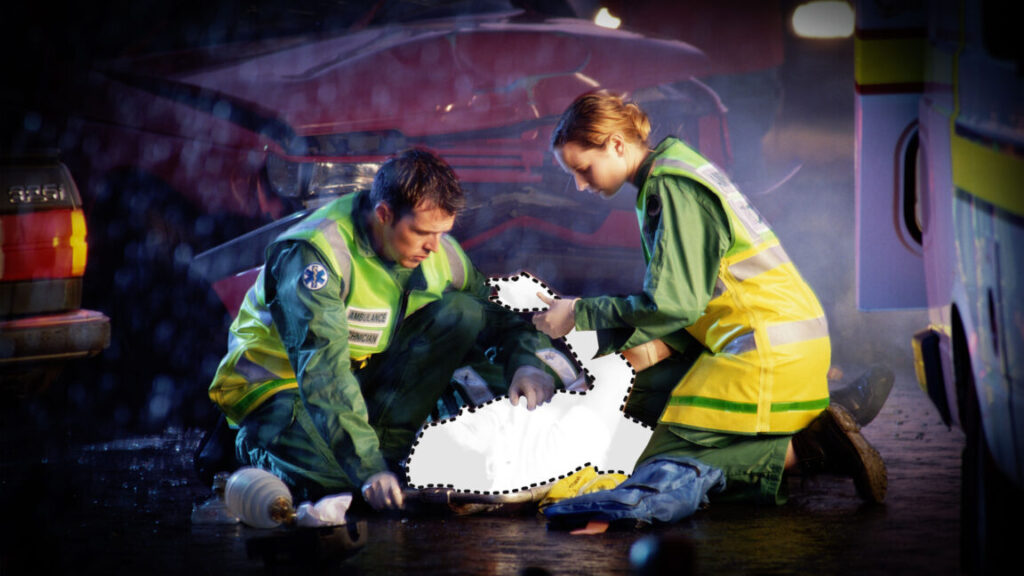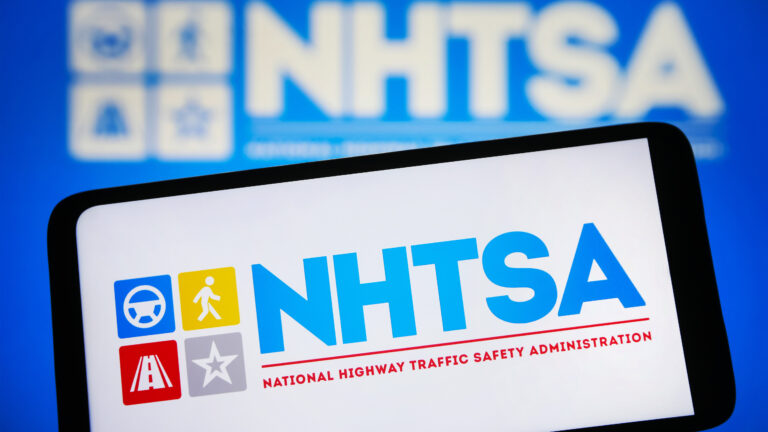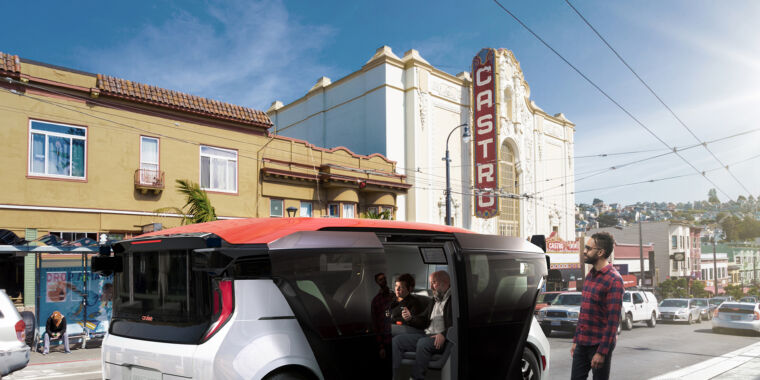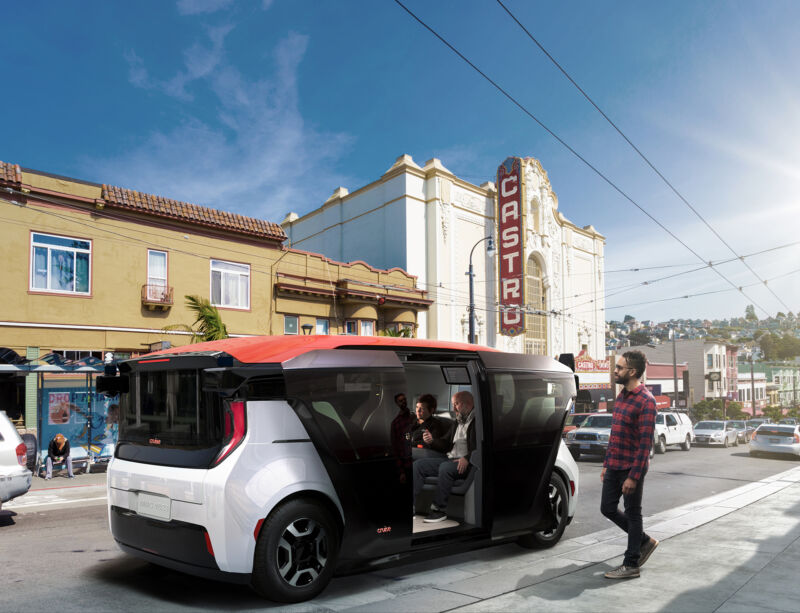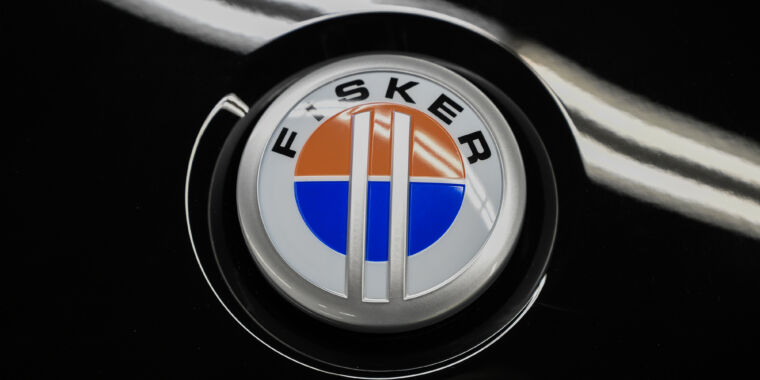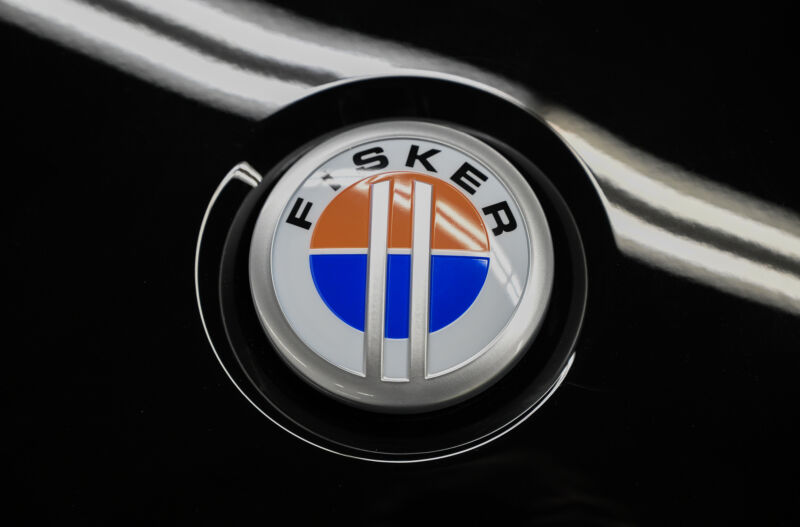The NHTSA has shown no signs of backing down, overseeing three new recalls of Tesla vehicles since Trump took office, most recently ordering 46,000 Cybertrucks to be checked after discovering an exterior panel was prone to falling off because of faulty glue.
Of its eight active investigations into Tesla vehicles, five concern Musk’s claims about the capabilities of the company’s Autopilot driver-assistance system and its FSD software—central promises of Tesla’s value proposition and the subject of thousands of consumer complaints.
The agency has received an average of 20 per month on FSD since the software was launched, according to an FT analysis of more than 10,000 complaints.
A sharp rise in complaints about so-called “phantom braking” at the start of 2022 triggered one of the investigations. In one, about a mid-October 2024 incident, a Tesla Model 3 in FSD suddenly stopped in front of a car that would have crashed into it had the Tesla driver not taken back control of the vehicle and accelerated.
“Software is so far from being ready to be safely used,” the Model 3 driver said in the complaint.
While multiple Tesla tech updates in the past two years have reduced complaints about braking glitches, other software issues persist. The FT analysis, which used artificial intelligence to categorize complaints, shows errors connected to driver-assist tools such as FSD and Autopilot still make up a large share of complaints made against the company in the past year.
In February, the driver of a 2024 Cybertruck reported that FSD disengaged without warning, causing the vehicle to suddenly accelerate and nearly collide head-on with another car. The owner said they contacted Tesla service but the vehicle was neither inspected nor repaired.
Former Apple executive Jonathan Morrison has been nominated by Trump as the NHTSA’s next administrator and must find a way to navigate the agency through the perceived conflicts of interest with Musk, without being accused of stifling AV innovation.
“Elon has done a lot of really interesting things with tech that were thought to be impossible,” said one former top NHTSA official.
“What concerns me is that Tesla is not known for taking a slow and methodical approach; they move fast and break things, and people are at risk because of that. There have been preventable deaths, so it’s an immediate concern for us.”
© 2025 The Financial Times Ltd. All rights reserved. Not to be redistributed, copied, or modified in any way.


